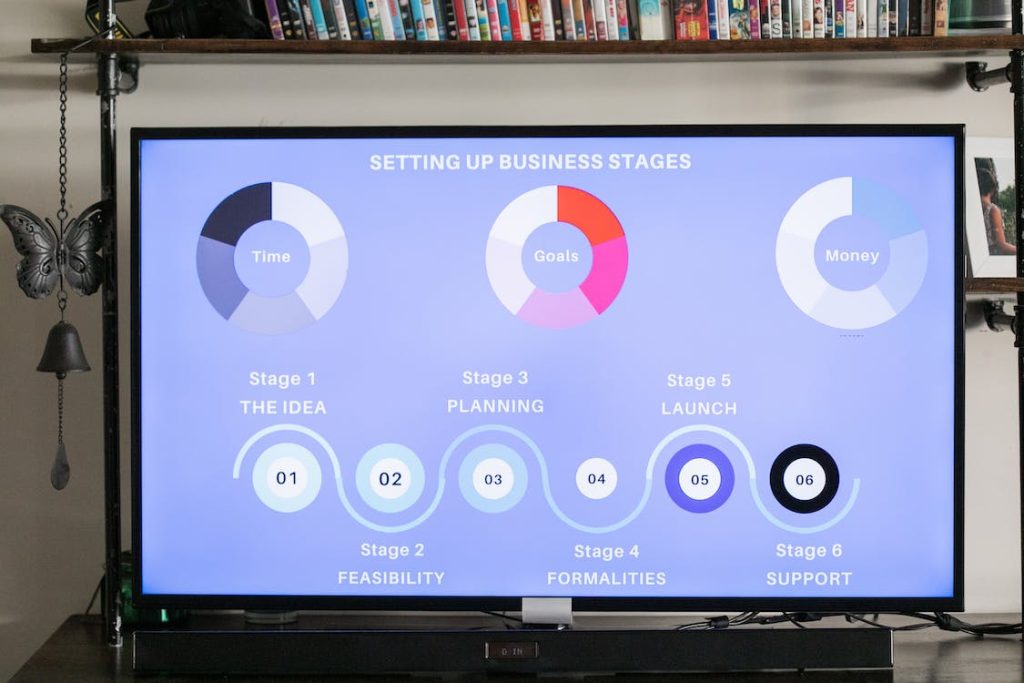Customer acquisition is an essential aspect of any business that aims to grow and expand its customer base. But measuring customer acquisition can be a daunting task, especially for businesses that are just starting.
This article will guide you through the process of measuring customer acquisition, why it is crucial for your business, and what are the important metrics you should track. Follow us through the reading to learn more!
Why Measure Customer Acquisition
Measuring customer acquisition is crucial for businesses that want to grow their customer base and increase revenue. By tracking acquisition metrics, businesses can identify which channels are most effective in driving customer acquisition and which areas need improvement.
It also helps businesses make data-driven decisions about marketing and sales strategies. Which helps identify the best-performing channels and tactics, and enables businesses to optimize their marketing and sales efforts to attract more customers.
Important customer acquisition metrics to track

There are several metrics that businesses should track to measure customer acquisition. Here are eight key metrics that will help you grow your business:
1. CAC
The customer acquisition cost (CAC) measures the total cost of acquiring a new customer. It includes all the expenses related to acquiring new customers, such as marketing and advertising expenses, sales commissions, and other related costs.
To calculate the CAC, you have to divide the total acquisition cost by the number of new customers acquired during a specific period. For a better explanation, you can watch the following video:
Measuring the CAC is essential because it helps businesses determine how much they should spend on acquiring new customers. It also helps identify which channels are most cost-effective in acquiring new customers.
2. Customer lifetime value (CLV)
The customer lifetime value (CLV) is the total amount of revenue a customer generates for a business over their lifetime. It’s a critical metric because it helps businesses understand the long-term value of acquiring new customers.
If you want to calculate the CLV, multiply the average value of a customer’s purchase by the number of purchases they make each year and the average number of years they remain as a customer.
3. Churn rate (or customer churn)
Churn rate measures the percentage of customers who stop doing business with a company during a specific period. It’s a critical metric because it helps businesses understand how many customers they’re losing and why.
To calculate the churn rate, divide the number of customers lost during a specific period by the total number of customers at the beginning of that period.
4. Click through rate (CTR)
The click-through rate (CTR) measures the percentage of people who click on a specific link or ad. It’s an essential metric for businesses that use paid advertising or email marketing.
If you want to calculate the CTR, divide the number of clicks by the number of impressions (the number of times the link or ad was displayed).
5. Conversion rate

The conversion rate measures the percentage of people who take a specific action, such as making a purchase or filling out a form, after visiting a website or landing page.
It’s an essential metric for businesses that want to improve their website’s performance and increase sales. And calculating it is very easy, you just have to divide the number of conversions by the number of website visitors.
6. Lead generation rate
The lead generation rate measures the percentage of people who become leads after visiting a website or landing page.
It’s an essential metric for businesses that rely on lead generation to drive sales. If you want to calculate the lead generation rate, divide the number of leads generated by the number of website visitors.
7. Time to Conversion Rate
The time to conversion rate measures the amount of time it takes for a customer to go from the initial interaction with your business to making a purchase. This metric is crucial because it helps businesses understand how long their sales cycle is and how quickly they can convert potential customers into paying ones.
To calculate the time to conversion rate, you need to determine the time between the initial contact with a customer and the time they make their first purchase. This can be tracked using customer relationship management (CRM) software or by manually tracking customer interactions.
If your business has a long sales cycle, it may take a while for customers to make a purchase. However, by tracking this metric, you can identify areas where you can improve the sales process and shorten the time it takes to convert a potential customer into a paying one.
8. Shopping Cart Abandonment Rate
The shopping cart abandonment rate measures the number of customers who add items to their online shopping cart, but then leave the site before completing the purchase.
This is a critical metric because it helps businesses understand where in the purchasing process customers are dropping off and why. Which can be useful while considering strategies to reduce this problem.
5 Ways To Reduce Your Cart Abandonment Rate
To calculate the shopping cart abandonment rate, divide the number of completed purchases by the total number of shopping carts created. The resulting percentage is the shopping cart abandonment rate.
By tracking this metric, businesses can identify issues with the checkout process, such as a complicated checkout form or unexpected shipping costs, and take steps to reduce the number of abandoned carts.
Implementing strategies such as simplifying the checkout process, offering free shipping, or retargeting customers with abandoned carts can help reduce the shopping cart abandonment rate.
Conclusions
Measuring customer acquisition is essential for businesses that want to grow and expand their customer base. By tracking key metrics like customer acquisition cost or time to conversion rate, businesses can make data-driven decisions about marketing and sales strategies and identify areas for improvement.
When measuring customer acquisition, it’s essential to consider the context and goals of the business. Some metrics may be more important than others, depending on the business’s size, industry, and customer base.
By tracking the right metrics and using the data to optimize marketing and sales strategies, businesses can attract more customers, increase revenue, and grow their business. What are you waiting to start tracking your metrics?







